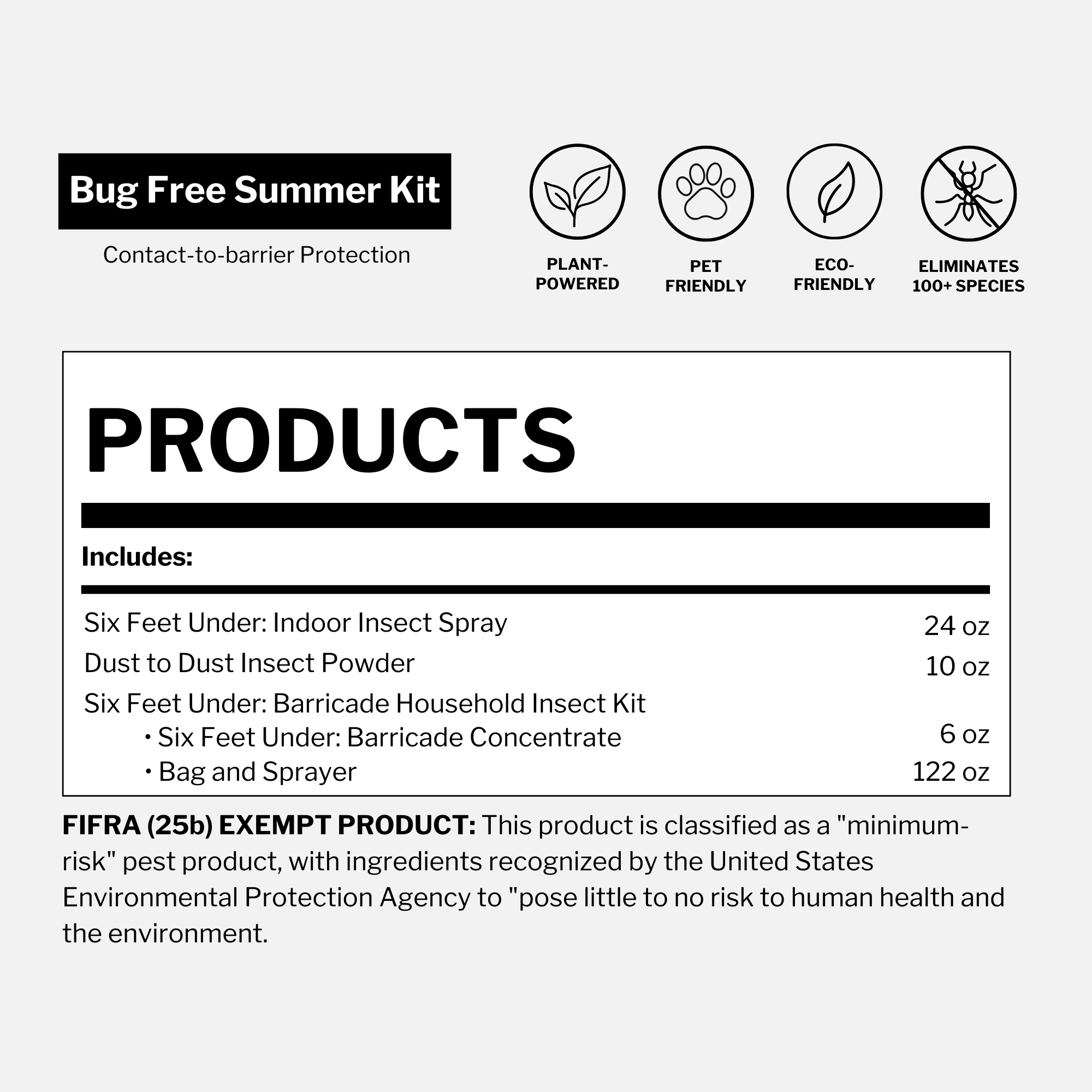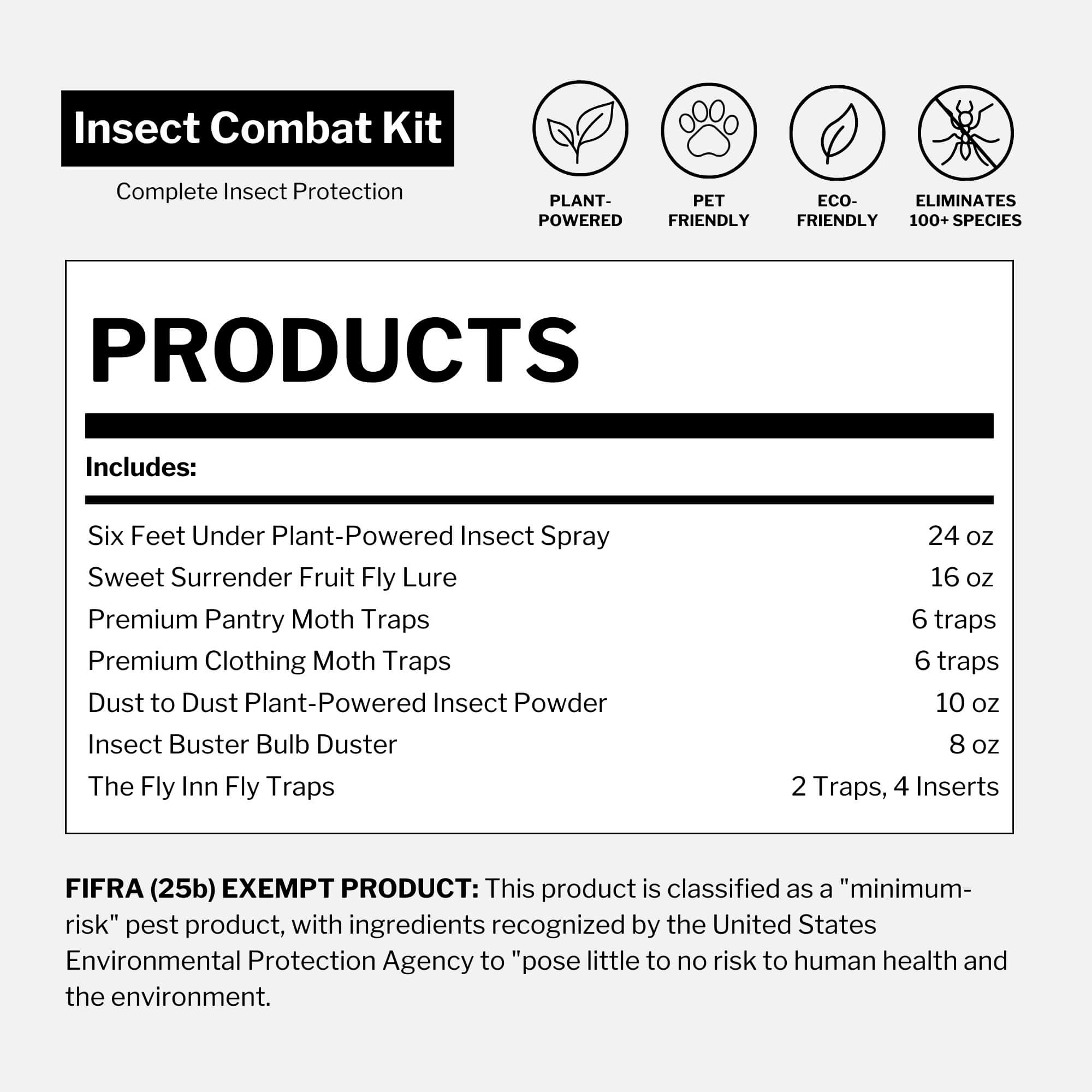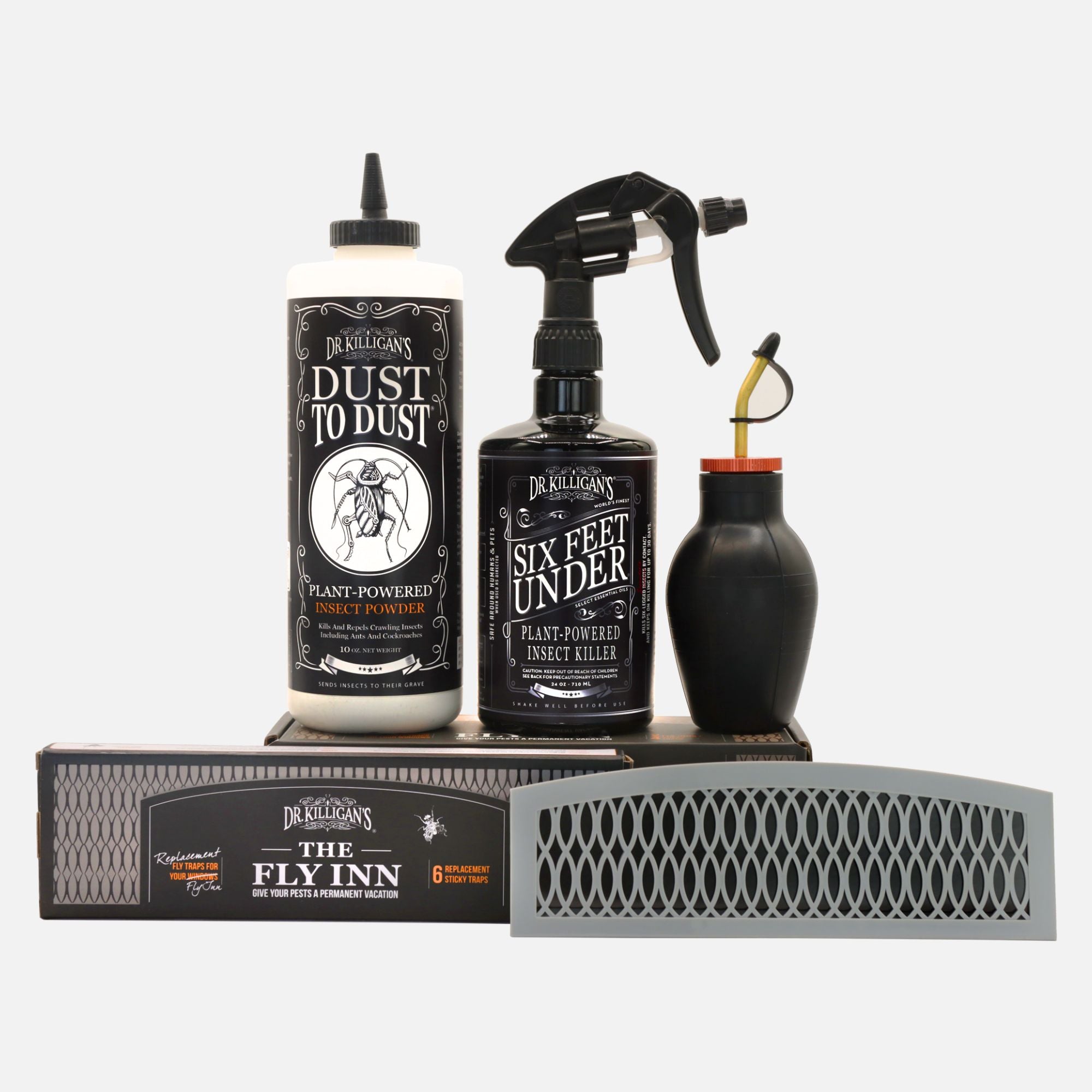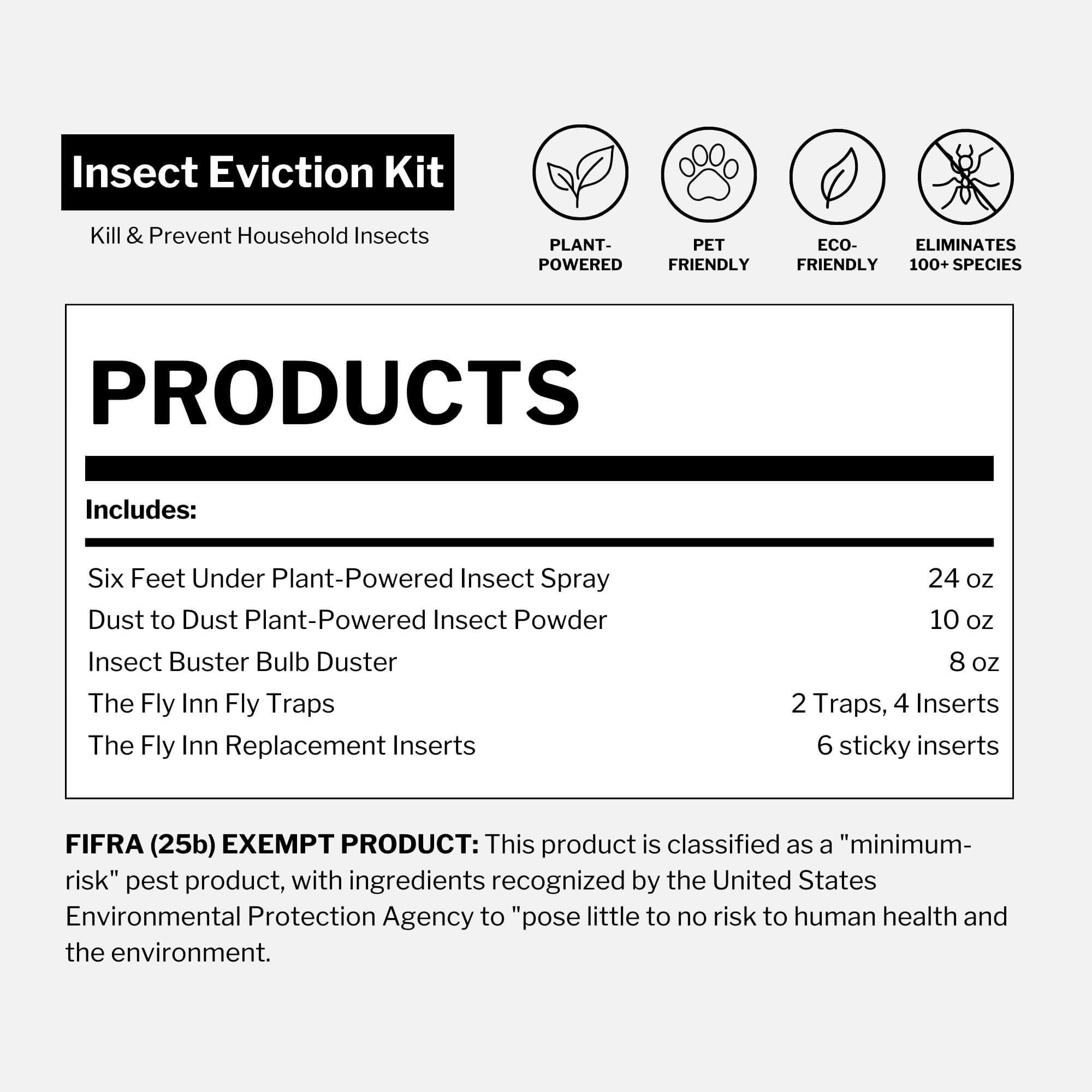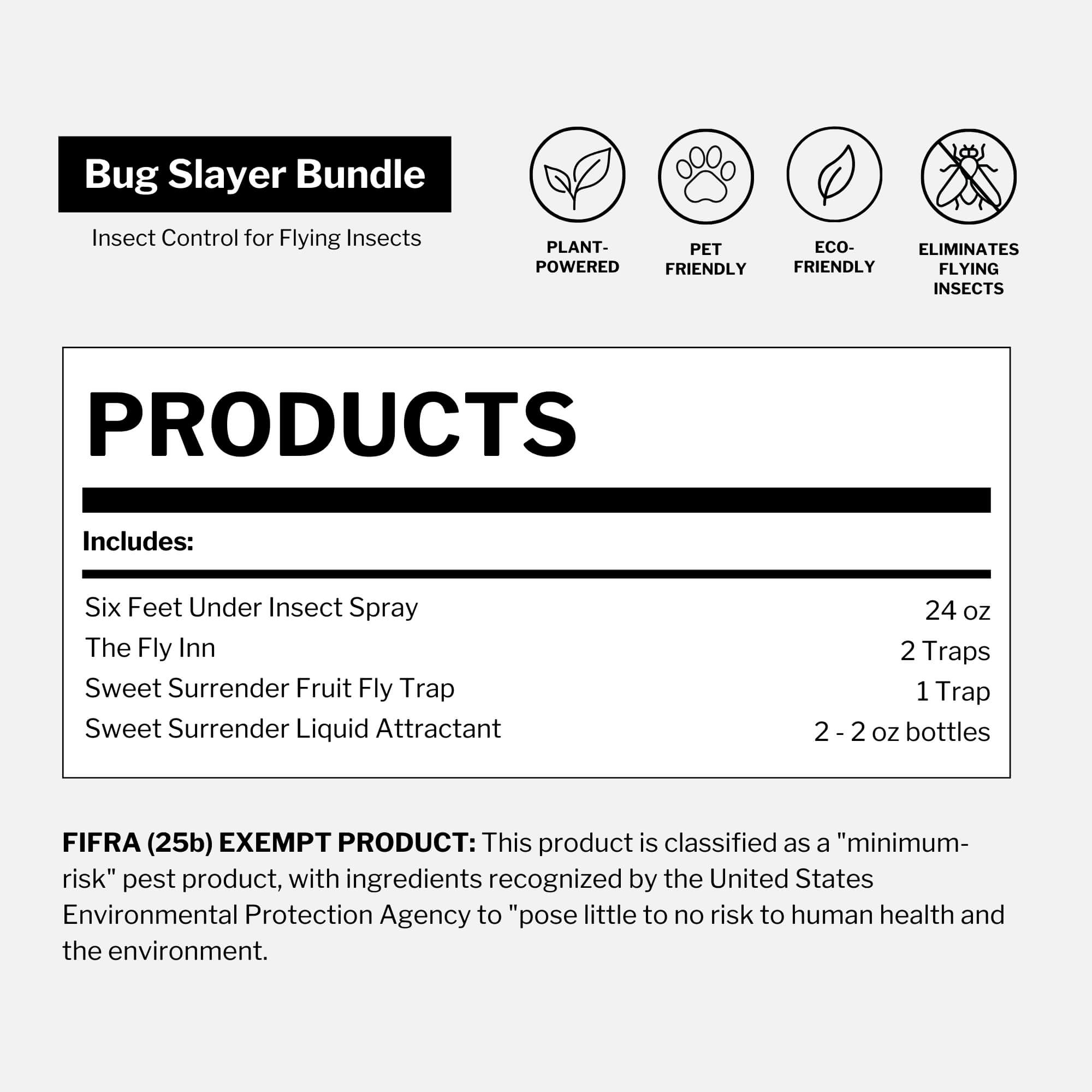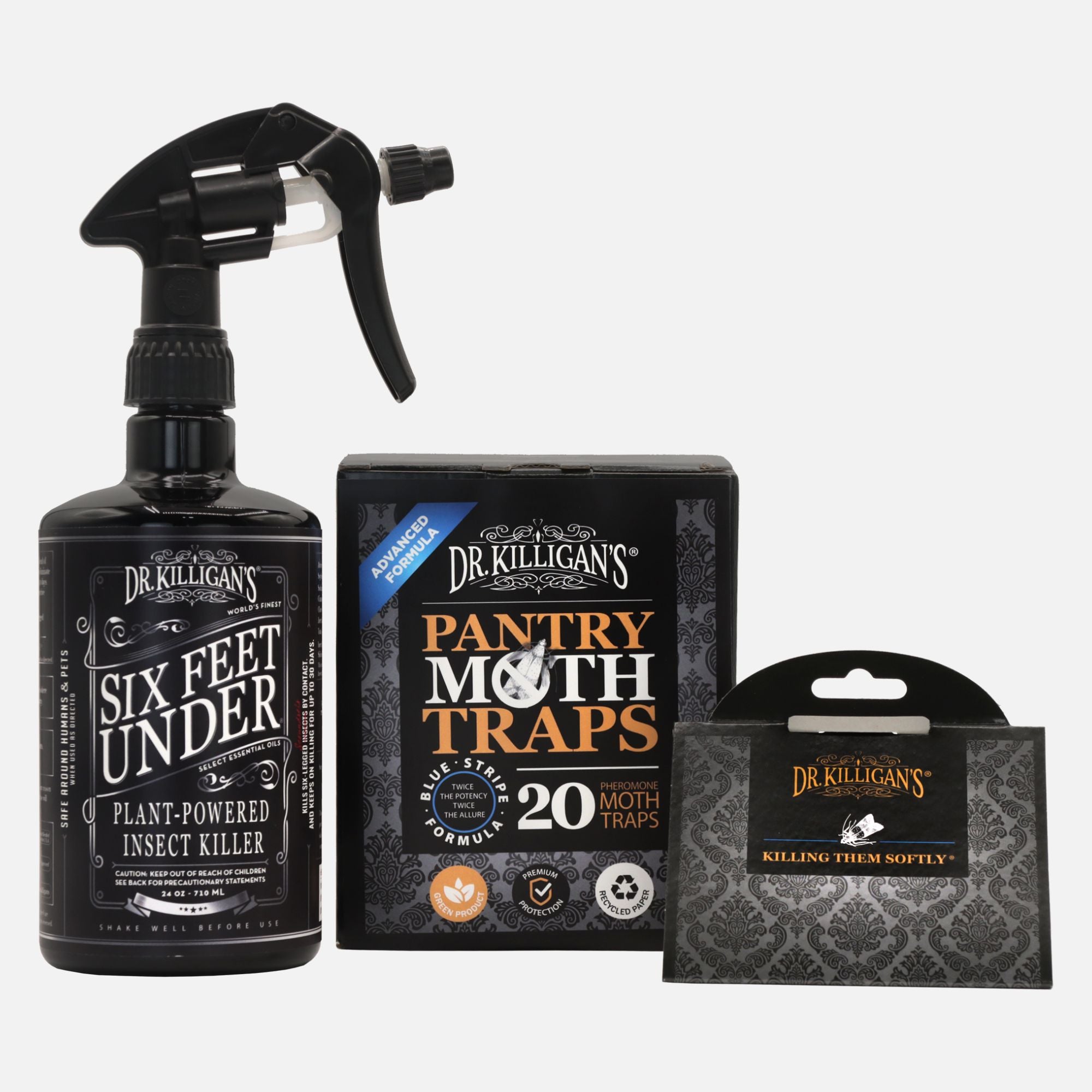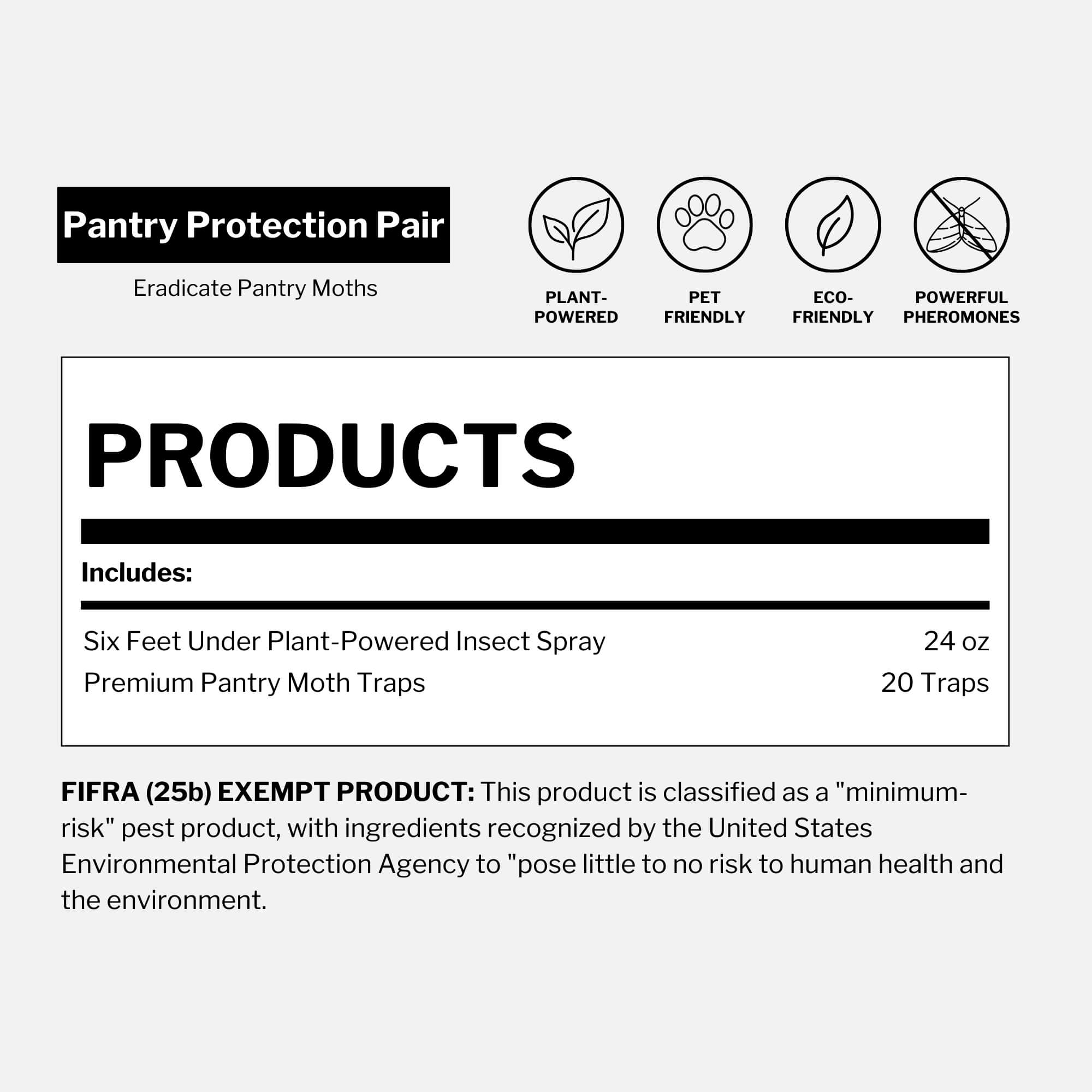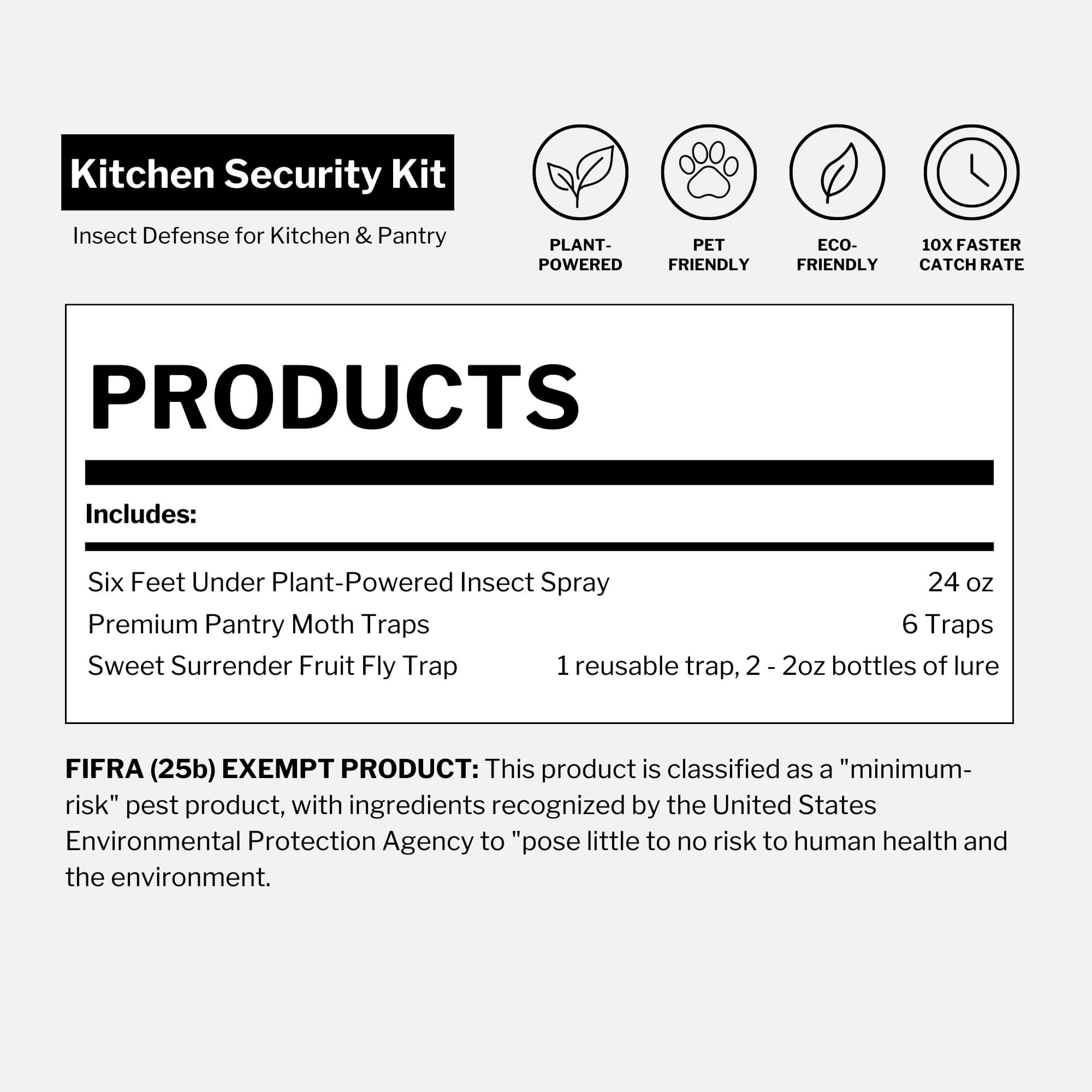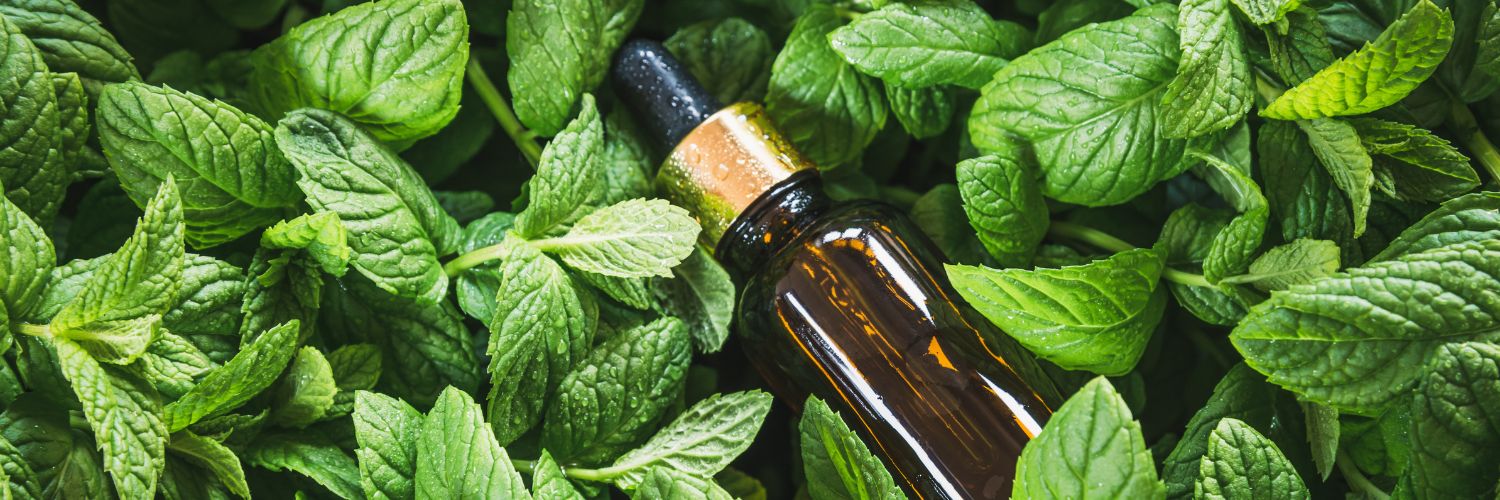Updated on July 28th, 2025
Aphids love your tomato plants as much as you do. Here's how to stop them—without harmful chemicals.
Aphids on tomato plants are more than just a nuisance—they’re destructive pests that can ruin your harvest. If you’ve spotted curling leaves, sticky residue (called honeydew) or clusters of tiny green, black or white bugs on your tomato stems or the undersides of leaves, you likely have an aphid farm (or so it may feel).
In this guide, we’ll show you how to get rid of aphids on tomatoes quickly, safely and effectively—with long-term strategies to protect your plants and prevent future infestations. Whether you’re dealing with aphids in tomato plants for the first time or you’ve battled them before, you’ll find expert-backed tips that work.
What are aphids—and why do they love tomato plants?

Aphids are tiny, soft-bodied insects that pierce plants and suck out sap, draining vital nutrients. While they attack a wide variety of plants, tomato plants are especially vulnerable due to their tender new growth, nutrient-rich sap and extended growing season.
There are over 4,000 known aphid species worldwide and they are among the most destructive pests in agriculture.
When aphids land on your tomatoes—whether indoors or out—they don’t just snack. They multiply fast and leave behind a wake of destruction. (Source: John Innes Center—Aphids)
Why are aphids on tomato plants such a serious problem?
- They weaken your plants by stealing sap from the leaves and stems, causing yellowing, curling and wilting.
- They invite other pests, especially ants, which are drawn to the sweet honeydew that aphids secrete. This honeydew also encourages black sooty mold, a fungal growth that interferes with photosynthesis.
- They spread plant diseases like cucumber mosaic virus and other viruses that can stunt growth and ruin your harvest.
How fast do aphids multiply?
Aphids don’t just reproduce fast—they reproduce alarmingly fast. A single female aphid can give birth to up to 80 offspring during her short 20–30 day lifespan. And the kicker? She doesn’t need a mate to do it.
The aphid life cycle: How an infestation explodes

In spring and summer, female aphids reproduce asexually, giving live birth to all-female nymphs—essentially clones of themselves. These nymphs mature in as little as 7 days, at which point they begin producing offspring—perpetuating the cycle.
By fall, the reproductive pattern changes: both male and female aphids are born and mate to produce eggs that can survive the winter. These eggs hatch in spring, restarting the entire process.
If you're growing tomatoes indoors or in a warm climate, the situation can be even worse. Aphids may skip the egg-laying phase entirely, allowing them to reproduce non-stop, all year long. That’s how a few hidden aphids can turn into hundreds—or thousands—almost overnight. (Source: University of Wisconsin–Madison Extension – Aphids)
Why this matters for tomato growers
If you're growing tomatoes, you don’t have time to wait and see if the problem gets worse—it will. The speed of aphid reproduction is exactly why early detection and proactive control measures are essential.
How to get rid of aphids on tomato plants—fast
Aphids can take over tomato plants in a matter of days—but there are safe, effective ways to stop them quickly, without harsh chemicals or harming your garden.
1. Blast them off with water
Use a strong spray from your hose to knock aphids off stems and leaves. Be sure to spray the undersides of leaves—where aphids love to hide. This method works best at the first sign of infestation and is ideal for outdoor plants.
2. Apply insecticidal soap or neem oil
These natural sprays suffocate aphids on contact.
- Homemade insecticidal soap: Mix 1 tablespoon of mild dish soap with 1 quart of water and spray affected areas.
- Neem oil: A plant-based oil that kills aphids and acts as a repellent. It’s safe for edible plants when used as directed.
3. Use a plant-safe powder that works: Dust to Dust

Many gardeners reach for diatomaceous earth (DE)—but Dust to Dust is a proven upgrade. Formulated with essential oil nanotechnology and ultra-fine silica, this plant-powered powder kills aphids on contact and continues working long after it’s applied.
- Safe for tomato plants and soil
- Long-lasting and safe when used as directed
- Outperforms DE by up to 50% in kill time (lab and real-world tested)
4. Introduce beneficial insects
Natural predators like ladybugs, lacewings and parasitic wasps feed on aphids. You can buy live ladybugs online or at garden centers—release them in the evening after misting your plants to encourage them to stay.
5. Prune heavily infested leaves

Remove and discard leaves or stems that are overrun. Don’t compost them—this can spread aphids. Pruning helps stop the infestation from spreading further.
6. Stay consistent
Aphids reproduce fast, so follow-up is key.
- Reapply Dust to Dust after heavy wind or rain.
- Inspect plants daily for new clusters of aphids.
- Combine treatments for best results.
Source: Growfully – Aphids on Tomato Plants
Final word: Take back your tomatoes—fast
Aphids can destroy your tomato plants before you’ve had a chance to enjoy the first harvest. But now you know how to stop them—fast, naturally and for good.
From water sprays and neem oil to pruning and beneficial bugs, each method above plays a part in effective aphid control. But Dust to Dust stands apart. It’s more than just a natural powder—it’s a science-backed solution designed to outperform traditional diatomaceous earth and kill aphids on contact, without harming your plants or the planet.
Reclaim your garden. Protect your harvest.
- Shield tomato plants with natural, plant-powered protection
- Break the aphid cycle before it spreads
- Use a solution tested and proven to work
Start with Dust to Dust—and stop aphids in their tracks.
[Explore Dust to Dust now →]





